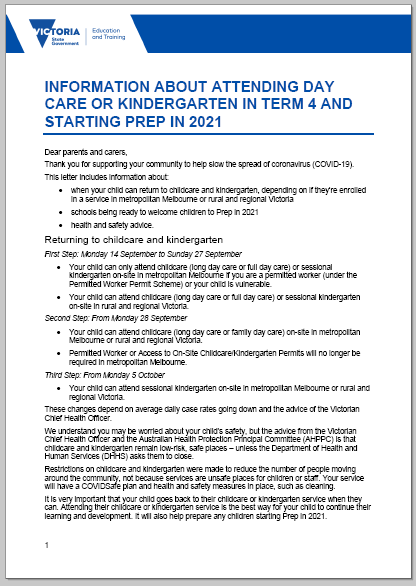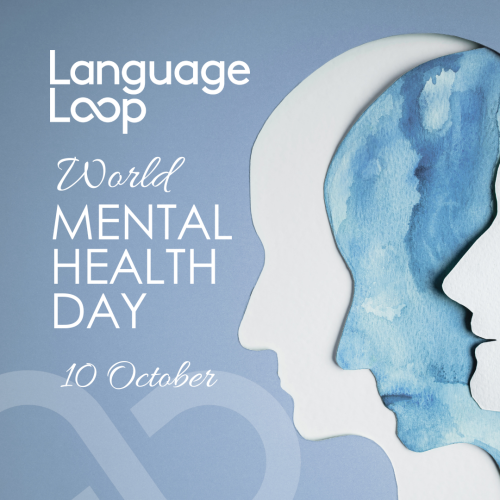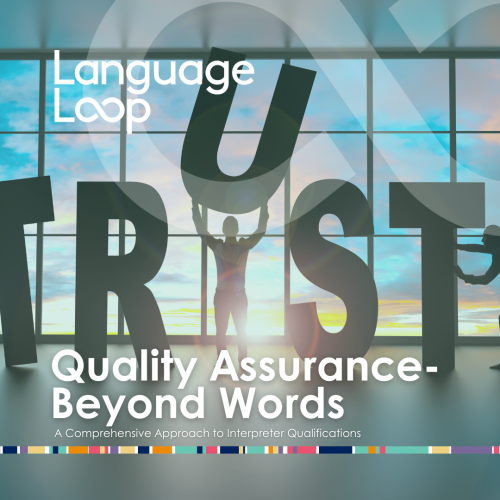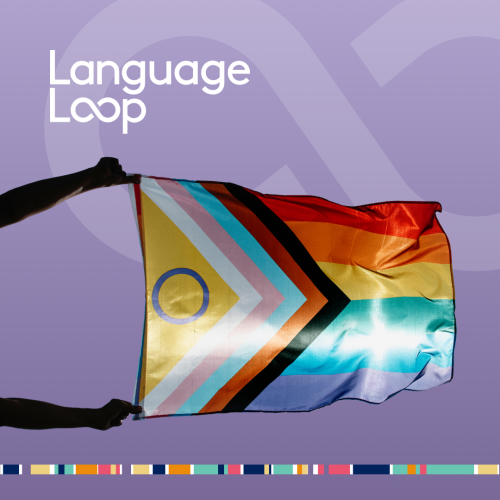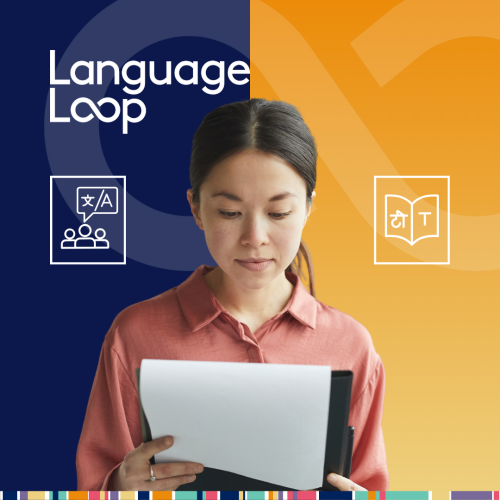At LanguageLoop, we frequently work with communications teams who have the difficult task of creating information for Australia’s diverse population. The content will usually first be developed in English, then translated into multiple languages.
Over 21% of Australia’s population speaks a language other than English, and many communities rely on accurate information in their native language. The way the English content is written will strongly influence how the content is translated. Developing the information in plain language is the best way to ensure an accurate flow of information from English into other languages.
“In our work with communications teams, we always stress the importance of using plain language when creating content that is intended for translation,” says Claire Mullins, LanguageLoop’s National Translation Manager.
“Plain language is not a way of dumbing down content or excluding important information; it is simply a clear and concise way of writing for a specific reader.”
Plain language letter to parents for Early Learning Division at Department of Education and Training
We recently worked with the Early Learning Division of the Department of Education to translate a letter to parents into 42 languages. The purpose of the letter was to give parents information about safely returning to childcare and kindergarten after the Covid-19 lockdown measures.
The world of education can be a minefield of jargon which can be confusing for speakers of any language. This can be even more difficult for families who come from countries with entirely different educational systems.
After we analysed the original letter, our first piece of advice to the client was to convert the letter to plain language. This was to ensure the information was clear and concise, and all jargon was removed.
“When we compared the original with the plain language version developed by LanguageLoop, we couldn’t believe the difference.” says a Senior Project Officer in the Early Learning Division of the Department of Education and Training.
“The writing was so clear and didn’t lose any of the original message.”
Presenting information in plain language benefits English readers, but also has a positive impact on translation. When the source information is clear, there is less room for ambiguity and the translator is less likely to misunderstand the intended message. It also helps to reduce the time to produce the translations which is important for projects with multiple languages and short deadlines.
“LanguageLoop’s approach made us more confident that the messages would reach parents and carers who speak languages other than English in a clear and accurate way,” says the Senior Project Officer.
Take a look and see the difference for yourself


